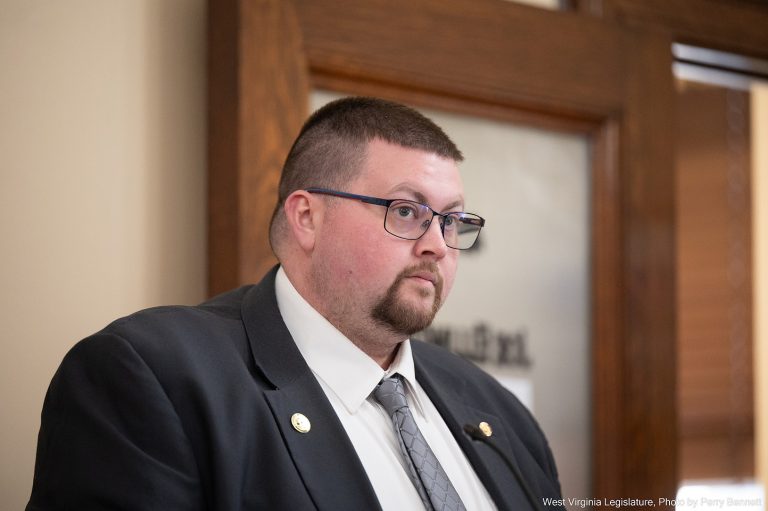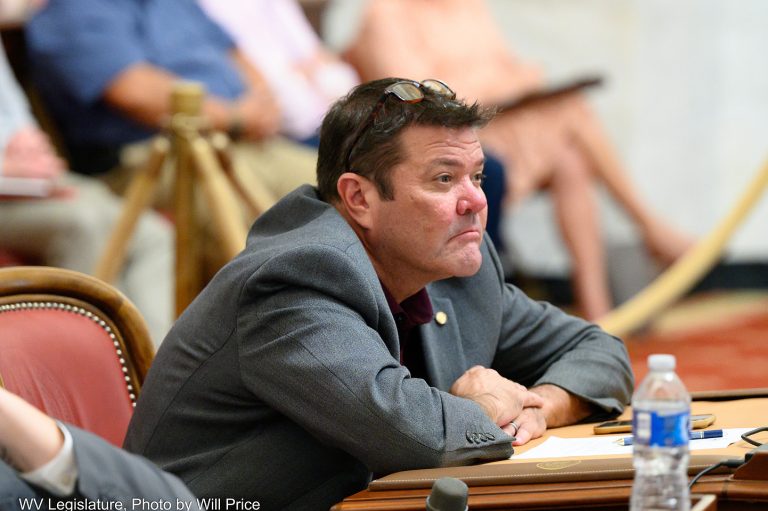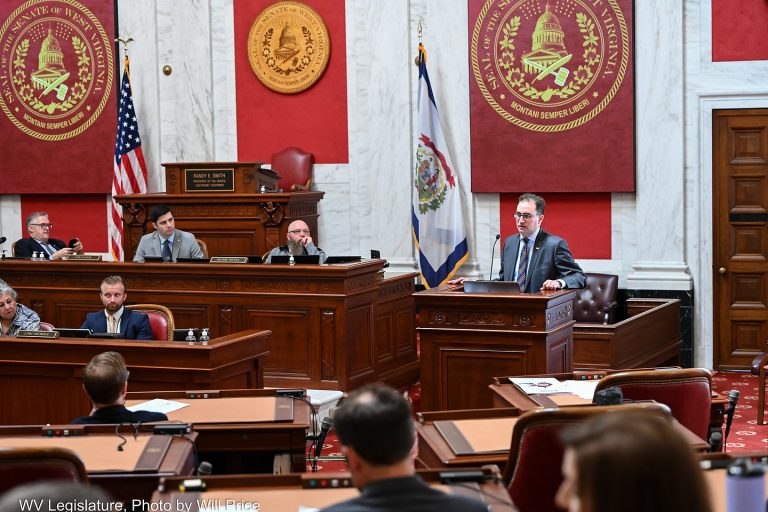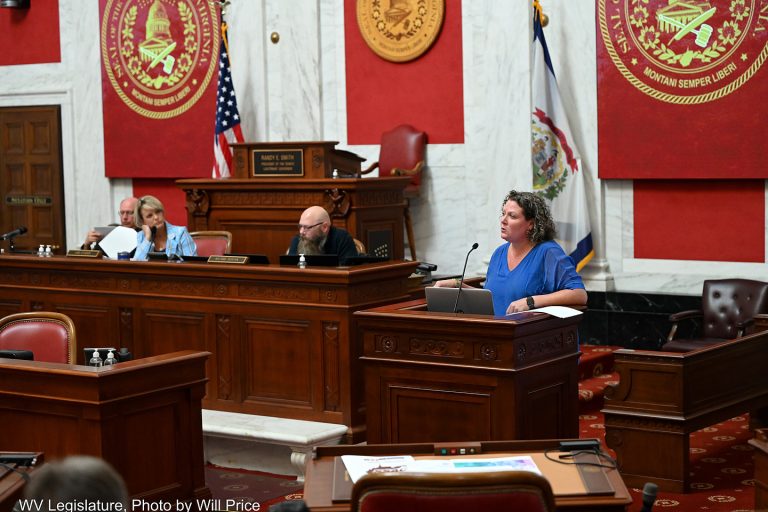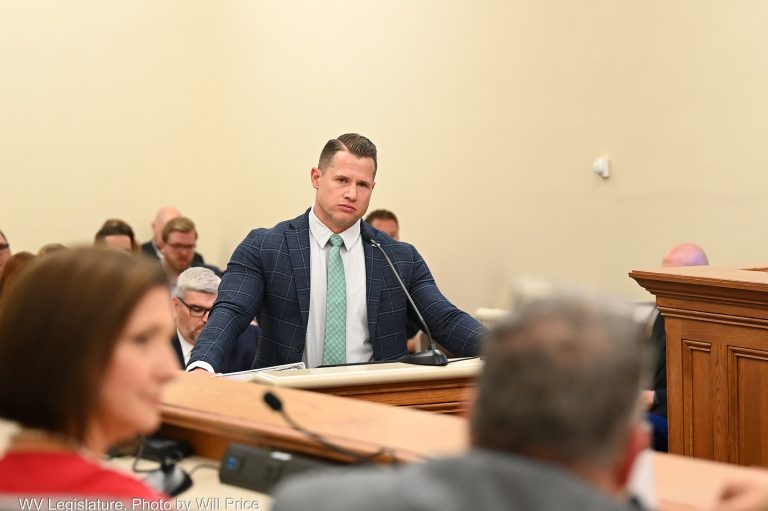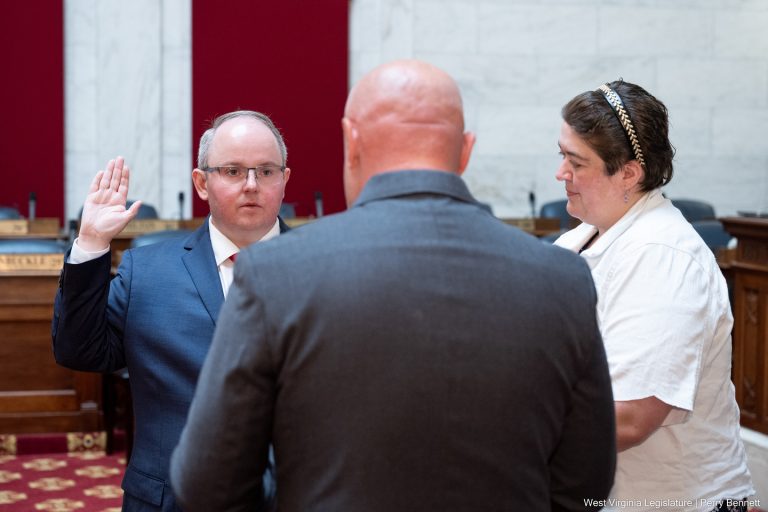State Higher Education Chancellor Dr. Sarah Armstrong Tucker appeared before the Joint Standing Committee on Education Monday evening to present research her team has conducted on why West Virginia students are not attending higher education institutions at a higher rate.
According to Tucker, the current college-going rate in the state is 47.4 percent. This includes students attending two-year and four-year institutions, public or private, in-state or out-of-state. She said this figure needs to dramatically improve if the state’s workforce participation numbers are ever going to improve.
Tucker gave the committee some conclusions after analyzing their High School Opinion Survey, which is used to gauge student’s thoughts and experiences in the college decision-making process.
“Every two years we survey all of the high school seniors in the state of West Virginia and we ask them questions about how they’re making decisions about their future, what’s important to you, what do you think you want to do after high school, how did you make that decision, who helped you make that decision,” Tucker said.
Tucker said the top answer in the latest survey regarding whether or not to attend college was affordability.
She said that this prompted them to look at tuition in the state. The average tuition for a four-year college is $9,000 and for a two-year college is $4,800. This, in turn, got them looking at financial aid and the student aid index.
Tucker believes students have a tough time determining financial aid eligibility. They also don’t know enough about the application process, requirements, and how financial aid awards are distributed.
“What I’m hearing from the students is this process is way too complicated, it’s too hard, and they don’t understand it,” Tucker said.
Tucker was optimistic, noting that those are structural problems that can be fixed by simplifying the process and educating the students and parents.
“I think that if we can work together, to help streamline some of these processes, some of these rules, some of these requirements we can make it easier for our students to see themselves as college students in West Virginia,” Tucker said.


